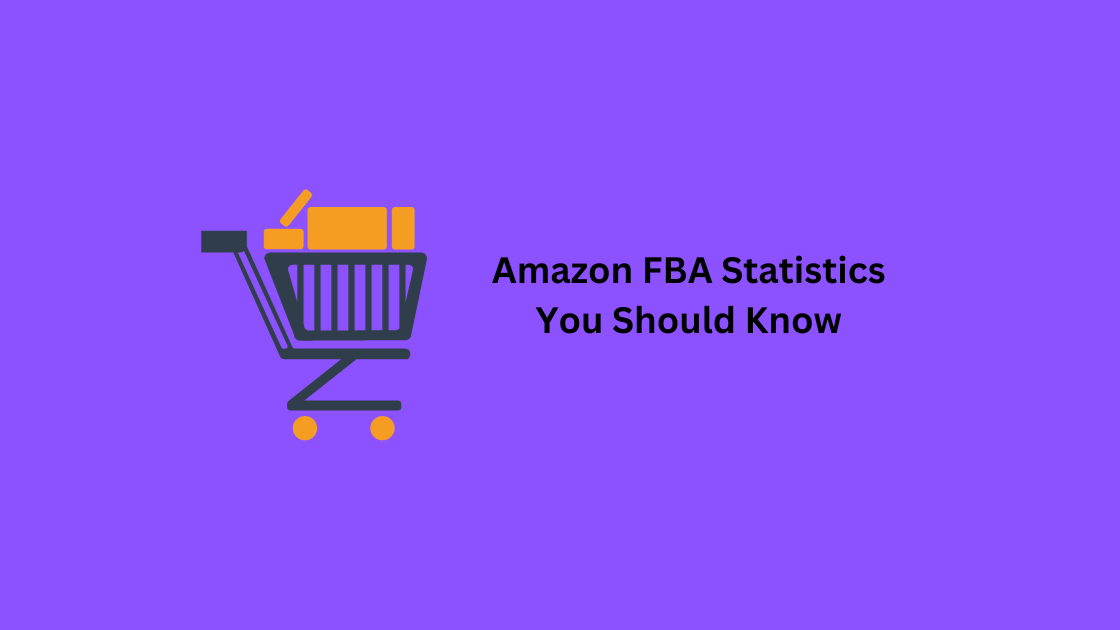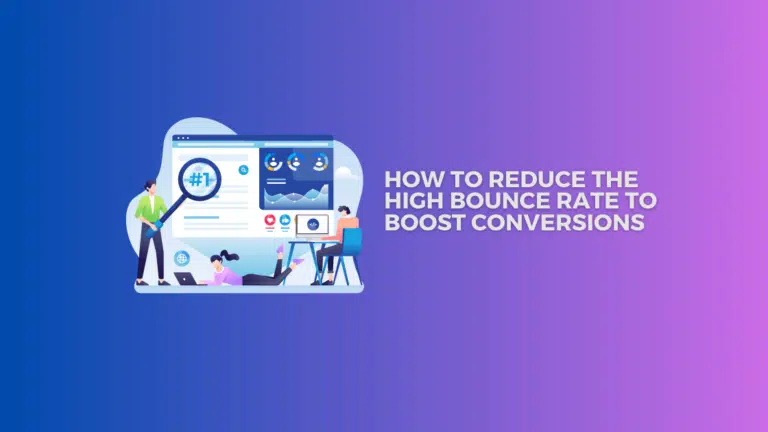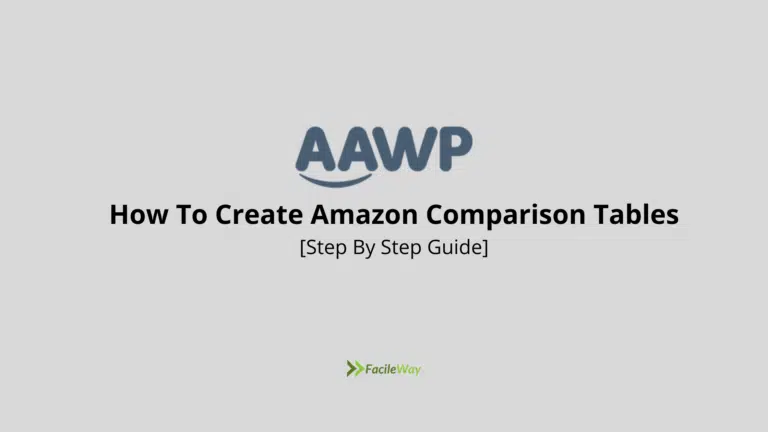53 Shocking Amazon FBA Statistics You Should Know In 2024
Are you looking for the Amazon FBA Statistics?
You are at the right place!
As we step into 2024, Amazon’s Fulfillment by Amazon (FBA) service continues to be a driving force for sellers worldwide. FBA has helped businesses reach more customers, make operations smoother, and provide great shopping experiences.
The world of FBA keeps changing, adapting to new trends and how people shop online. To understand this system better, we’ve gathered over 53 important stats about Amazon FBA in 2024. These numbers show how FBA is affecting sellers and the entire online selling world.
We’re here to share these stats so that everyone, whether you’re a seller or simply interested in how e-commerce is growing, can see the impact of FBA and how it’s evolving in today’s digital marketplace.
Stick around to explore these stats. They’ll give you insights into how Amazon FBA in 2024 can guide sellers and anyone interested in the exciting world of online selling!
Key Insights
The latest statistics show that Amazon sellers are experiencing increasing profitability, with a significant rise in their revenue and sales.
This trend can be attributed to the growing popularity of social media advertising, which has allowed sellers to reach a wider audience and generate more sales.
Many sellers are now focusing on expanding their market presence within Amazon and beyond, by exploring new e-commerce platforms and tapping into global marketplaces.
This expansion strategy reflects their goal of diversifying their sales channels and reaching a global customer base.
With the increasing competition in the e-commerce industry, sellers are leveraging social media advertising and exploring new marketplaces to stay ahead and maximize their profitability.
Amazon FBA Statistics Key Takeaways
- Amazon Shopping Speed: Customers on Amazon make rapid purchase decisions, with 28% completing purchases within 3 minutes and 50% within 15 minutes. (Source: sell.amazon.com)
- Independent Sellers’ Impact: More than half the sales in the Amazon store come from independent sellers, mostly small and medium-sized businesses, accounting for 60% of sales. (Source: sell.amazon.com)
- Sales Growth Trends: Brand owners’ sales on Amazon grew by over 20% in 2022 compared to the previous year, indicating significant growth within the platform. (Source: sell.amazon.com)
- Seller Profitability: A high percentage of Amazon sellers, around 89%, report being profitable, even as 37% experienced increased profits amid rising costs in 2022. (Source: junglescout.com)
- Social Media Marketing: The adoption of social media marketing among Amazon sellers increased by 15% year over year, with 41% now actively marketing on these platforms. (Source: junglescout.com)
- Job Creation: Amazon sellers have contributed to an estimated 1.8 million jobs in the US, showcasing their substantial impact on employment. (Source: brandbuilderuni.com)
- Fulfilment Preferences: The Fulfillment by Amazon (FBA) program is widely favoured, utilized by 89% of sellers, while only 32% also use Fulfillment by Merchant (FBM). (Source: brandbuilderuni.com)
- Business Setup and Spending: A majority (76%) of sellers operate their businesses from home, and 69% spend less than $5,000 to launch on Amazon. (Source: brandbuilderuni.com)
- Consumer Behavior: A significant 66% of consumers initiate their online product searches on Amazon, highlighting its role as a primary shopping destination. (Source: brandbuilderuni.com)
- Popular Product Categories: Home & Kitchen and Beauty & Personal Care are prominent categories on Amazon, with Home & Kitchen being the most popular. (Source: brandbuilderuni.com)
- Price Comparison and Competition: 83% of consumers check prices on Amazon before purchasing, and 50% of sellers note direct competition from Amazon’s products. (Source: brandbuilderuni.com)
- Advertising Investment: A substantial 59% of brands spend over $60,000 monthly on Amazon advertising, indicating significant investments in marketing. (Source: brandbuilderuni.com)
- Seller Performance: Approximately 10% of Amazon sellers achieved annual sales exceeding $100,000, showcasing varied performance levels among sellers. (Source: sellerapp.com)
Amazon FBA Statistics
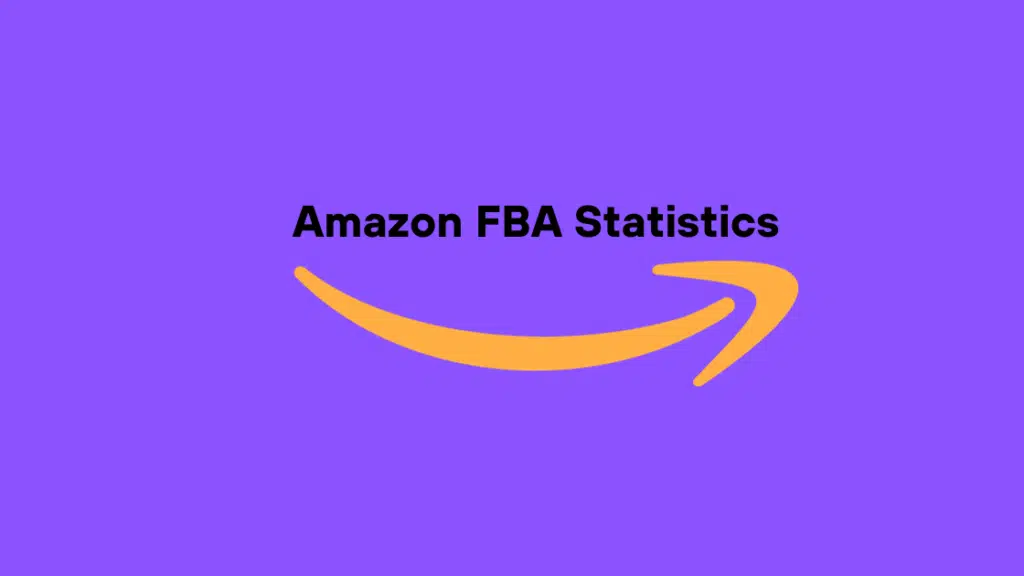
- Sales Growth: Amazon FBA sellers experienced a significant 32% year-over-year increase in gross merchandise volume in 2024. (Source: CNBC)
- Prime Membership Impact: The surge in sales growth can be linked to the expanding base of Prime members leveraging the convenience of one-day and same-day delivery options offered by FBA. (Source: Amazon Investor Relations)
- Changing Customer Demographics: There was a notable 20% increase in Gen Z and millennial shoppers opting to purchase from Amazon FBA sellers. This shift highlights the changing consumer behaviour towards favouring online shopping and e-commerce platforms. (Source: Statista)
- Influx of New Sellers: In 2024, there was a substantial 25% increase in the number of new sellers entering the Amazon platform as third-party sellers. This influx contributes to the escalating competition among sellers. (Source: Marketplace Pulse)
- Intensifying Competition: The growing number of sellers joining Amazon FBA signifies intensified competition. This trend compels sellers to concentrate on implementing differentiation strategies and enhancing the overall customer experience to distinguish themselves in the fiercely competitive marketplace. (Source: Forbes)
Amazon Seller Statistics
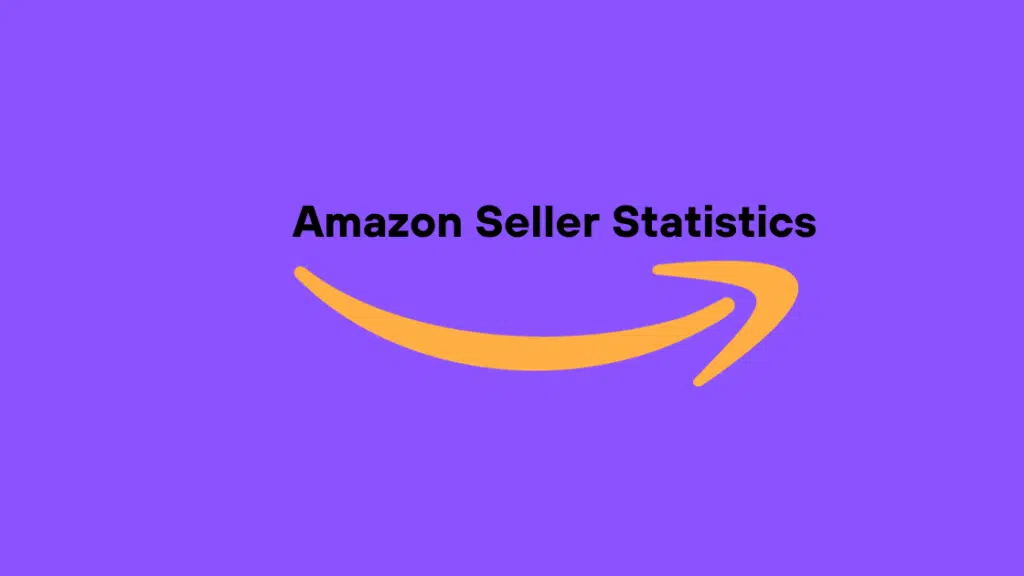
- Active Sellers on Amazon: Marketplace Pulse reports a staggering count of over 2.5 million active sellers currently operating on Amazon’s platform. These sellers have varying monthly earnings, averaging between $1,000 to $25,000. (Source: Marketplace Pulse)
- Utilization of Fulfilled by Amazon (FBA): Approximately 80% of Amazon sellers rely on Amazon’s FBA service to manage storage, shipping, and customer service, leveraging its convenience and efficiency. (Source: Marketplace Pulse)
- Competition with Amazon’s Private Labels: Sellers encounter stiff competition from Amazon’s private label products, posing a challenge to their market share. (Source: Business Insider)
- Opportunities for Profitability: Despite challenges, there are opportunities for sellers to achieve profitability within the first year of operations. Many sellers experience rapid growth and success on the platform. (Source: CNBC)
- Ecosystem Overview: The statistics reflect a robust ecosystem of Amazon sellers, showcasing the potential for substantial earnings through the platform. However, sellers must navigate fierce competition, including Amazon’s products, to succeed. (Source: Forbes)
- Growing Third-Party Seller Count: The platform’s growing number of third-party sellers intensifies competition among sellers. (Source: Jungle Scout)
Amazon Marketplace Statistics

- Amazon Marketplace Revenue in 2022: The Amazon Marketplace generated a staggering total revenue of $300 billion in 2022. [(Source: Amazon’s Financial Reports)]
- Global Presence: Amazon’s marketplace operates in 17 countries worldwide, including prominent regions like the United States, United Kingdom, Germany, and Japan.
- Dominance of the United States: The United States stands as the largest selling marketplace within Amazon, contributing significantly to the overall revenue generated by the platform.
- Significance of Statistics:
- The $300 billion revenue highlights Amazon’s pivotal role as a major player in the e-commerce industry, solidifying its position.
- Availability in 17 countries demonstrates Amazon’s global reach and profound influence on a worldwide scale.
- The dominance of the United States underscores the country’s robust consumer base and its pivotal role in Amazon’s success.
Amazon Advertising Statistics

- Average Cost per Click (CPC): Amazon advertising typically ranges between $0.75 and $1.75 per click. [(Source: Amazon)]
- Average Advertising Cost of Sales (ACOS): The average ACOS, representing the cost of advertising relative to sales revenue, is around 30% on Amazon.
- Average Conversion Rate: The average conversion rate for Amazon advertising stands at approximately 10%.
- Percentage of Brands Using Amazon Advertising: An estimated 40% of brands are leveraging Amazon’s advertising platform to promote their products.
- Importance of Amazon’s Demand-Side Platform (DSP): Amazon’s DSP is crucial in effectively targeting potential customers and increasing reach on the platform.
- Significance of Mobile Advertising: The rise in mobile device usage for shopping emphasizes the growing importance of mobile advertising on Amazon.
- Customer Behavior Statistics: Over 90% of shoppers tend to compare prices on Amazon before making a purchase, highlighting the platform’s significance in the purchasing decision. [(Source: Statista)]
- Optimizing Advertising Strategies: Understanding customer behaviours and preferences assists businesses in tailoring their advertising strategies to effectively engage their target audience on Amazon’s platform. (Amazon, Statista)
- Approximately 70% of shoppers use Amazon’s app for their shopping needs.
Amazon Prime Statistics

- Amazon Prime Membership: As of 2021, Amazon Prime boasts over 200 million members worldwide.
- Average Annual Spending: The average Amazon Prime member spends approximately $1,400 annually on the platform.
- Membership Benefits: Prime members enjoy various perks, including free two-day shipping, access to Amazon Prime Video and Music streaming services, as well as exclusive deals and discounts.
- Significance of Amazon Prime Day: Prime Day, an annual event usually held in July, has evolved into a substantial revenue generator for Amazon. It generates billions of dollars in sales revenue during the event.
- Influence on Holiday Shopping: Prime Day’s impact extends beyond the event itself, often initiating the holiday shopping season. Many consumers use Prime Day as a starting point for their holiday shopping, and its influence can be observed in consumer spending patterns throughout the holiday season.
General eCommerce Statistics

- Online Shopping Trends: 72% of US adults made an online purchase in the past year, showcasing the popularity of online shopping among the population. [(Source: Pew Research Center, 2021)]
- Global E-commerce Sales: E-commerce sales are projected to hit $4.2 trillion worldwide in 2021, indicating a significant 23.4% increase from the previous year. [(Source: eMarketer, 2021)]
- Amazon’s Dominance in Online Retail: Amazon retains the largest market share in the US, accounting for 39% of all online retail sales, demonstrating its extensive reach and dominance in the market. [(Source: eMarketer, 2021)]
- Rise of Mobile Commerce: Mobile commerce is on an upward trajectory, with a projected 72.9% of e-commerce sales expected to originate from mobile devices in 2021. [(Source: Statista, 2021)]
- Impact of the Pandemic on Consumer Behavior: The pandemic has significantly altered consumer behaviour, with 52% of consumers shopping online more frequently compared to pre-pandemic times. [(Source: McKinsey & Company, 2021)]
- Adapting to Changing Consumer Behaviors: 30% of consumers plan to sustain their online shopping habits even after the pandemic concludes, signifying a lasting shift in consumer preferences. [(Source: McKinsey & Company, 2021)]
Data Sources:
- eMarketer
- Statista
- Amazon
- JungleScout
- Pew Research Center
- MarketPlace Pulse
- McKinsey & Company
Read other Statistics Also:
- 35 Shocking Sales Pipeline Statistics You Need To Know
- 25 Mind-Blowing Sales Statistics For Latest Data
- 35 Latest Blogging Statistics: Blogging by Numbers
- Facebook Statistics: The Numbers You Need to Know
Final Words on Amazon FBA Stats
The statistics surrounding Amazon FBA reveal a thriving ecosystem that significantly impacts the online marketplace.
For Amazon third-party sellers, the FBA business model has become indispensable, providing valuable seller tools and fulfilment services that contribute to their success.
Understanding the product categories and popular offerings within this platform offers valuable insights for sellers aiming to maximize their profit margins.
With a huge customer base and active customers regularly browsing this popular marketplace, the average profit margin for sellers leveraging Amazon FBA services can be optimized by offering excellent customer service and catering to popular product categories.
As eCommerce platforms continue to evolve, Amazon FBA remains a popular choice, enabling sellers to navigate through various product categories while reaching a comprehensive understanding of consumer preferences.
Notably, a significant percentage of sellers find success through Amazon FBA, capitalizing on the best-selling products on Amazon and popular categories.
Amid economic downturns or the shift from physical stores to online shopping, Amazon’s fulfilment service has emerged as a reliable solution, attracting a huge chunk of online shoppers seeking a comprehensive range of products.
The success of Amazon FBA lies in its ability of sellers’ needs, empowering them with the tools and services essential for a successful business in this popular marketplace.

